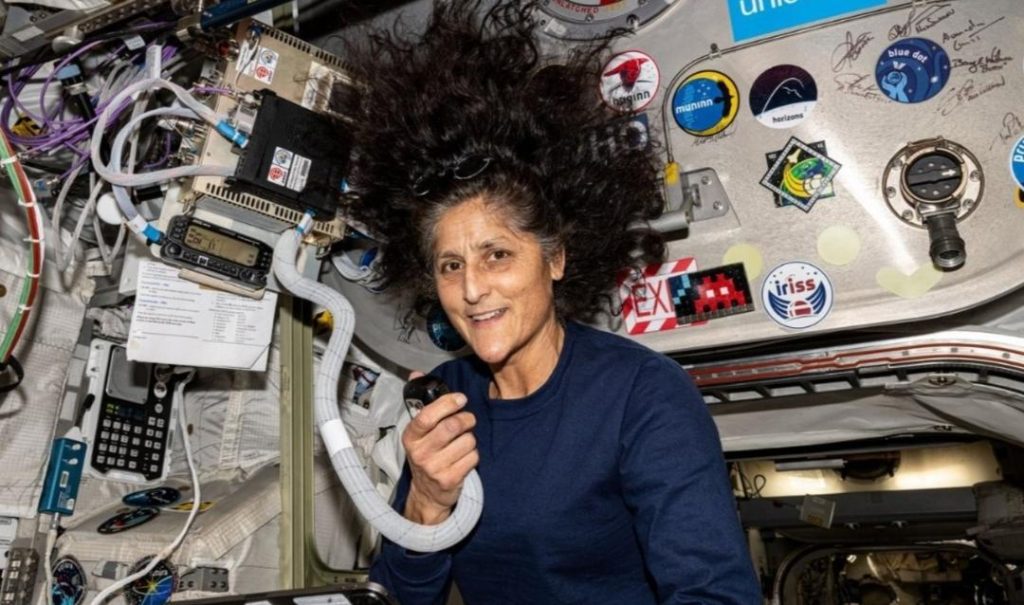
What Scientific Milestones Were Achieved by Williams & Her Team?
In a remarkable feat of scientific exploration, NASA listed several groundbreaking milestones achieved by the crew of Expedition 57, comprising Nick Hague, Butch Wilmore, Sunita Williams, and cosmonaut Aleksandr Gorbunov aboard the International Space Station (ISS). The crew’s remarkable achievements have opened new avenues for scientific research, pushing the boundaries of human understanding and exploration.
One of the most significant areas of research conducted by the crew was plant-related studies. The team conducted a series of experiments to better understand how plants grow and adapt in microgravity. This research has far-reaching implications for agriculture, as it can help scientists develop more efficient and sustainable methods for growing crops in space and on Earth. The study of plant growth in microgravity can also provide valuable insights into how plants respond to changing environmental conditions, which can inform strategies for protecting crops from the effects of climate change.
In addition to plant-related research, Wilmore, a renowned NASA astronaut, spent considerable time capturing thousands of images of Earth from space. These images provided a unique perspective on urban growth, climate change, and natural disasters. By monitoring these phenomena from space, scientists can gain a better understanding of the impact of human activities on the environment and develop more effective strategies for mitigating the effects of climate change.
Another area of research conducted by the crew was the testing of 3D printing of implantable medical devices in microgravity. This experiment aimed to develop new methods for creating medical devices that can be used in space and on Earth. The study of 3D printing in microgravity has significant implications for the development of new medical devices, as it can provide a more efficient and cost-effective way of producing these devices.
The crew of Expedition 57 also conducted a range of other experiments, including research on astronaut health and the effects of space travel on the human body. This research is critical for ensuring the health and well-being of astronauts on long-duration missions, such as those planned for future trips to the Moon and Mars.
In addition to these scientific achievements, the crew of Expedition 57 also experienced a rare fire on the ISS. The fire, which was quickly extinguished, was caused by a malfunctioning electrical component and did not pose a risk to the safety of the crew. Despite this incident, the crew continued to work tirelessly, conducting their scientific experiments and maintaining the ISS.
The achievements of the crew of Expedition 57 are a testament to the dedication and professionalism of NASA astronauts and cosmonauts. Their work has opened new avenues for scientific research, pushing the boundaries of human understanding and exploration. As NASA continues to plan for future missions to the Moon and Mars, the achievements of the crew of Expedition 57 will serve as a model for the scientific and technological advancements that will be required to ensure the success of these missions.
Source:






